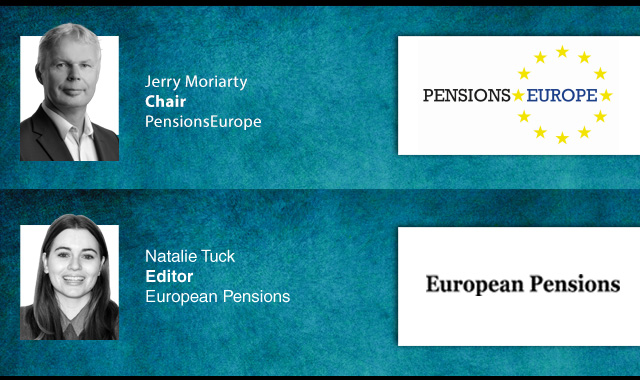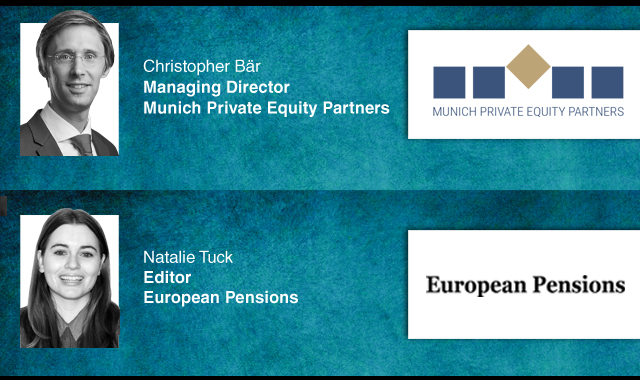The 75-year projections of Sweden’s income pension system confirm a “continued good financial position”, according to a report by the Swedish Pensions Agency (SPA).
Analyses by SPA looked at the future of the pension system in three scenarios, and in all, the balance ratio came in above one over the 75-year period. In the baseline scenario, the balance ratio is strengthened as a result of higher retirement ages and continued growth.
Contributions to the income pension, which are 16 per cent of an individual’s salary, are currently split equally between the four national pension buffer funds, the AP funds one to four, and are invested.
However, the Swedish government recently passed a bill to consolidate the buffer funds, and the operations and assets of AP1 will be transferred to AP3 and AP4. The independent AP6 will also be integrated into the buffer fund system.
Going forward, the contributions will be split equally between the three remaining AP funds, after an amendment to the law on AP funds was made in the Swedish parliament this week.
SPA said the financial position of the income pension system depends on several factors, such as population growth and economic development.
Based on forecasts from Statistics Sweden, the report highlighted how different developments may affect the financial position of the public pension system and presents projections of the pension system's development.
However, SPA stressed that its report has not considered the current tariff war and possible subsequent economic impact. It therefore warned that the external environment may have implications for financial markets and economic growth in the longer term.
The report explained that a fall in asset prices for the buffer funds reduces the investment value of the funds and thus the balance sheet ratio.
SPA analyst, Farhad Rouhani-Kalleh, said: “The long-term evolution of the balance ratio is mainly driven by demographics. Long-term forecasts are always uncertain, but even in our pessimistic scenario, the balance ratio is above one for most of the 75-year period we have studied.”
At the end of December 2024, the surplus amounted to SEK 1,897bn, an increase of SEK 585bn compared to 2023. The balance ratio was calculated at 1.1695.
SPA said the market values of the AP funds would need to fall by around 89 per cent from the valuation on 1 January 2025 for the pension system to end up in deficit and the system’s automatic stabiliser, ‘bromsen’, to be activated.
This is the financial stability mechanism built into Sweden’s public pension system. It is designed to automatically adjust pension payments if the system’s financial sustainability is at risk.
Latest News
-
Looking back: A year in review
-
Looking back: The most read stories of 2025
-
SNS Reaal delays transition to new pension system due to admin capacity
-
France’s ERAFP awards three SRI mandates for EM credit bonds
-
News in brief: 23 December
-
Cross-border IORP activity remains stable in EEA, EIOPA report finds
Podcast: Stepping up to the challenge

In the latest European Pensions podcast, Natalie Tuck talks to PensionsEurope chair, Jerry Moriarty, about his new role and the European pension policy agenda
Podcast: The benefits of private equity in pension fund portfolios

The outbreak of the Covid-19 pandemic, in which stock markets have seen increased volatility, combined with global low interest rates has led to alternative asset classes rising in popularity. Private equity is one of the top runners in this category, and for good reason.
In this podcast, Munich Private Equity Partners Managing Director, Christopher Bär, chats to European Pensions Editor, Natalie Tuck, about the benefits private equity investments can bring to pension fund portfolios and the best approach to take.
In this podcast, Munich Private Equity Partners Managing Director, Christopher Bär, chats to European Pensions Editor, Natalie Tuck, about the benefits private equity investments can bring to pension fund portfolios and the best approach to take.
Mitigating risk
BNP Paribas Asset Management’s head of pension solutions, Julien Halfon, discusses equity hedging with Laura Blows
© 2019 Perspective Publishing Privacy & Cookies







Recent Stories